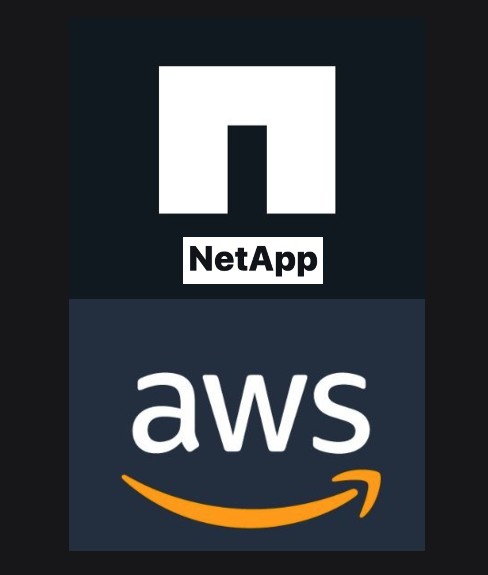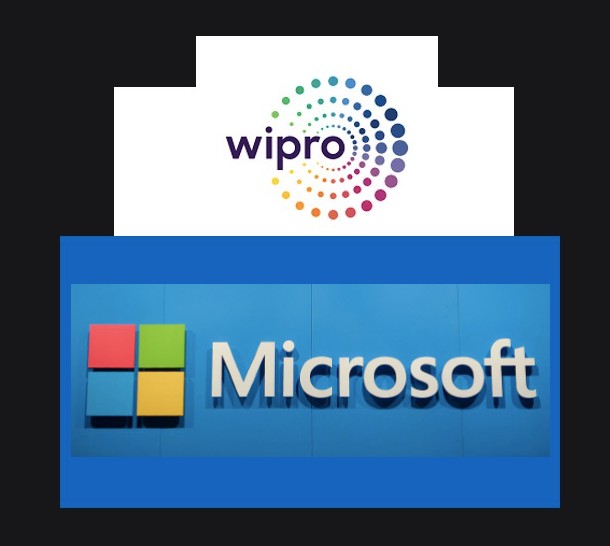Amazon Web Services and NetApp have come up with a new storage service – Amazon FSx for NetApp ONTAP. It is a fully-managed ONTAP file system in the cloud and provides customers a simple way to run their applications on AWS without changing their code or how they manage data.
It came almost three years after AWS introduced the first iterations of FSx for Windows File Server and Lustre. FSx allows customers to choose the file system that powers their file storage. It gives them full access to the file system’s feature sets and performance. It runs fully-managed in the cloud. Customers get the benefits of AWS performance, along with seamless integration with other AWS services.
ONTAP is NetApp’s file system technology that has traditionally powered network-attached storage (NAS) on premise. NAS is a large market with a number of major players like NetApp, Dell Technologies, HPE, Pure Storage and Nutanix, to name a few. Most enterprise applications rely on NAS, so multiple servers running the application can access a shared dataset.
NetApp EVP and GM of public cloud Anthony Lye said this opens up an enormous opportunity for both of the company and customers to really enable more and more digital transformation and adoption of AWS.
“It is “equally great” for their competitors’ customers, whom they plan to scoop up with this new offering. “We think we can take a lot of [market] share,” said Anthony Lye.
Anthony Lye said if clients are running EMC and they rely on EMC storage on premise, they haven’t had a path to the cloud.
“You’d have to re-factor, you’d have to re-engineer. ONTAP is the gold standard, and EMC customers know and appreciate ONTAP. They now have confidence that ONTAP is a first-party Amazon service, and we’re going to tell all those customers,” said Anthony Lye.
The service will serve customers that simply want to stop managing storage on premises. It will also help customers that have hybrid goals, such as bursting to the cloud, maintaining business continuity or dev testing. The customers need to only pay for the resources used.





